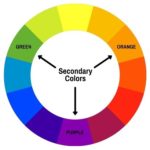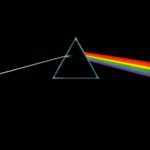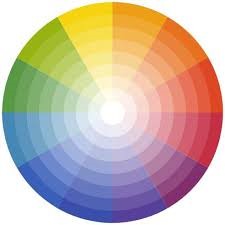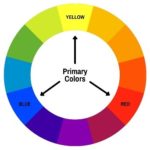The 2017/2018 Perth Modern Quilt Guild committee members have chosen the theme for the year to be …
“Colour Your World”
We like to base our Education Challenges around the theme, so I predict lots of colour play this year!
Are you ready?
The PMQG are not going to pretend to be students of the Fine Art World … so we are not going to delve too deep into colour theory itself … but … with thanks from the internet … we can give you the basics here to get you started … then it’s up to you to dig a bit deeper if you wish.
Instead what we would like to explore is how we (and our projects) are influenced by colour, how we choose colours, why we gravitate to the same colours, how we can broaden our colour horizons and what tools are out there to help us do this?
Are you paralysed when it comes to colour decisions?
Do you always stick to the same colour palette?
Are you ready to push you colour limits?
Let’s have some fun with this.!
But first … let’s go over a quick glossary of terms and a basic trip around Isaac Newton’s colour wheel to get us started.
Terms
Hue
Newton divided colours into seven basic Hues. Each produced by a single wavelength of white light reflected through a prism resulting in Red, Orange, Yellow, Green, Blue, Indigo and Violet (ROYGBIV) … a Pink Floyd album cover comes to mind …
Saturation
Saturation is the “purity” of a Hue … it ranges from 100% saturation or pure colour (the outside of the colour wheel below) to 0% saturation or grey (displayed by the centre of the colour wheel below)
Value
Value refers to the lightness or darkness of a colour. Tinting (adding white to a colour) creates a lighter hue. Shading (adding black to a colour) creates a darker hue. Highly saturated colours always have a medium hue.
Basic Colour Wheel
Primary Colours
Yellow, Red and Blue are your Primary colours, they can not be formed by mixing other colours.
Secondary Colours

Secondary colours, green orange and purple, are created by mixing two primary colours together i.e. red + yellow = orange.
Tertiary Colours

Ever noticed how a green can be bluey-green or yellowy-green? These are Tertiary colours and are the result of mixing a Primary colour with a Secondary colour.
That should be enough to get us started on the technical side … like we said, pretty basic, we’re not fine artists, but it’s great to be able to speak and understand a bit of colour lingo.
For our first challenge we’d love to see you build a colour wheel of your own with you stash. To do this:
1. Simply pull fabrics from your stash
2. Arrange in a circle
3. Take a quick picture … and
4. Upload the picture here https://www.facebook.com/media/set/?set=oa.1741149385896483&type=3 by Saturday 25th Nov (prize drawn randomly at the sit and sew on the 26th November)
The aim of this challenge to show off your stash … I mean … familiarise yourself with the colour wheel (while rearranging your entire stash into rainbow order – you’re welcome).




